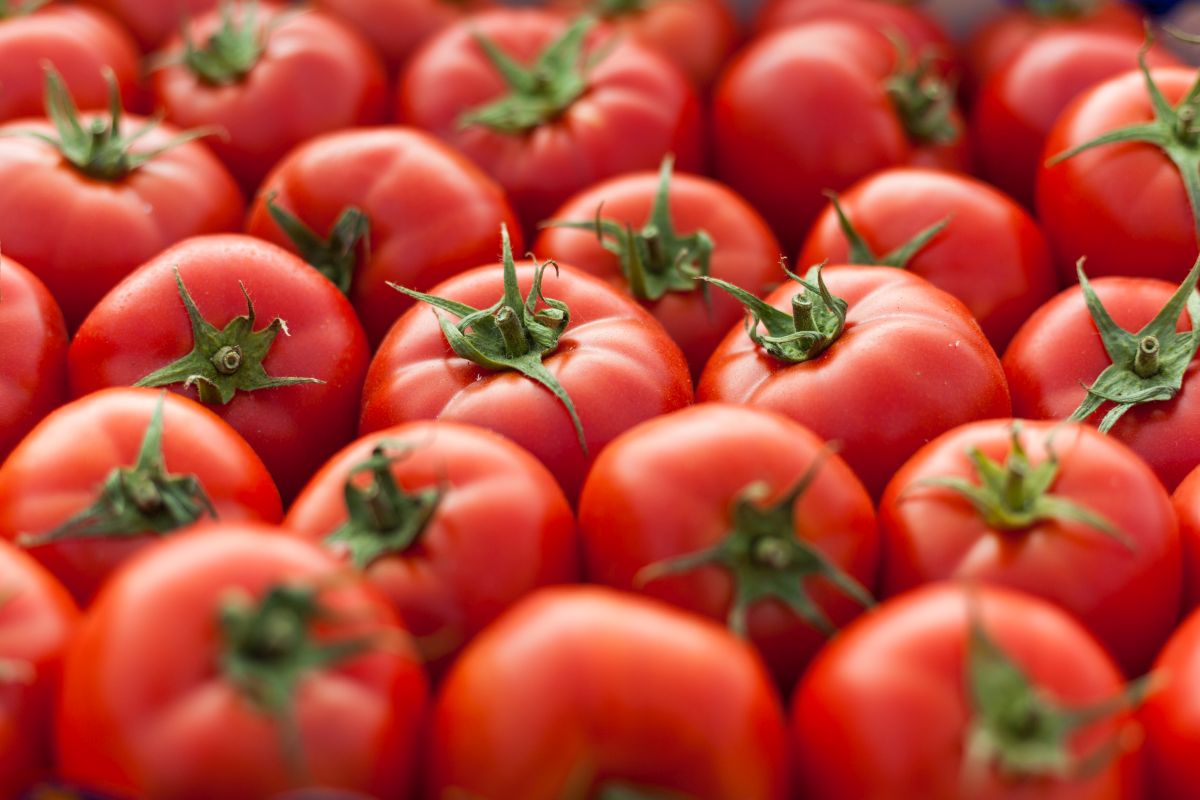Foreign investors selling Indian equities due to ‘profit booking’: Nirmala Sitharaman
Union Finance Minister Nirmala Sitharaman Monday said the foreign institutional investors (FII) are selling Indian equities lately due to the profit booking.
Discover the underlying reasons behind the significant price increase in tomatoes and understand the factors contributing to this surge in cost.

(Representational Image: Getty Images)
In recent days, there has been a lot of discussion in the media about the soaring prices of tomatoes and the difficulties faced by consumers as a result. Economists been trying to explain the reasons behind this increase, and we aim to shed some light on the matter and how it has affected households and even farmers are.
Tomatoes have been particularly affected by the heatwaves that have swept across the country, leading to the drying out and wilting of crops. Furthermore, unseasonal rainfall in May caused significant damage to tomato produce in states like Rajasthan, Uttar Pradesh, and Haryana. The heavy rainfall in Karnataka during June also had a negative impact on tomato crops.
Advertisement
The rising prices of various fruits and vegetables can be attributed to their sensitivity to extreme weather conditions. The initial impact on tomatoes, for instance, was due to the heatwaves that caused crops to wither and dry out. Subsequently, unseasonal rain in May damaged tomato produce in many states.
Advertisement
According to the Reserve Bank of India (RBI), while the country has made significant progress in expanding irrigation infrastructure, reducing its reliance on monsoons and achieving food self-sufficiency, around 50 percent of the sown area in India still depends on monsoon rainfall, as reported by the Ministry of Agriculture and Farmers’ Welfare in 2022.
In recent years, the monsoon patterns across the country have been erratic. Towards the end of June, India experienced an overall rainfall deficit of approximately 23 percent. However, this deficit was not distributed evenly. Northwest India witnessed a surplus of 37 per cent rainfall due to Cyclone Biporjoy, while central India and the southern peninsular region experienced deficient rainfall of 35 per cent and 45 per cent, respectively.
With the combination of heatwaves, monsoon variations, and the looming possibility of El Niño in the coming months, even the Reserve Bank of India has acknowledged the challenge of controlling food inflation.
In addition to these weather-related challenges, certain parts of the country have also faced flooding, which has made it difficult for farmers to transport their fruits and vegetables from farms to markets. For instance, heavy rainfall in Rajasthan caused by Cyclone Biporjoy resulted in the destruction of crops, preventing them from reaching local markets.
The impact of the delayed monsoon, uneven distribution of rainfall, and crop damage due to flooding has resulted in a decrease in the supply of fruits and vegetables, ultimately affecting household budgets negatively.
Advertisement